Affiliate links on Android Authority may earn us a commission. Learn more.
SKAGEN Jorn Hybrid review - do smartwatches still matter?
July 19, 2017
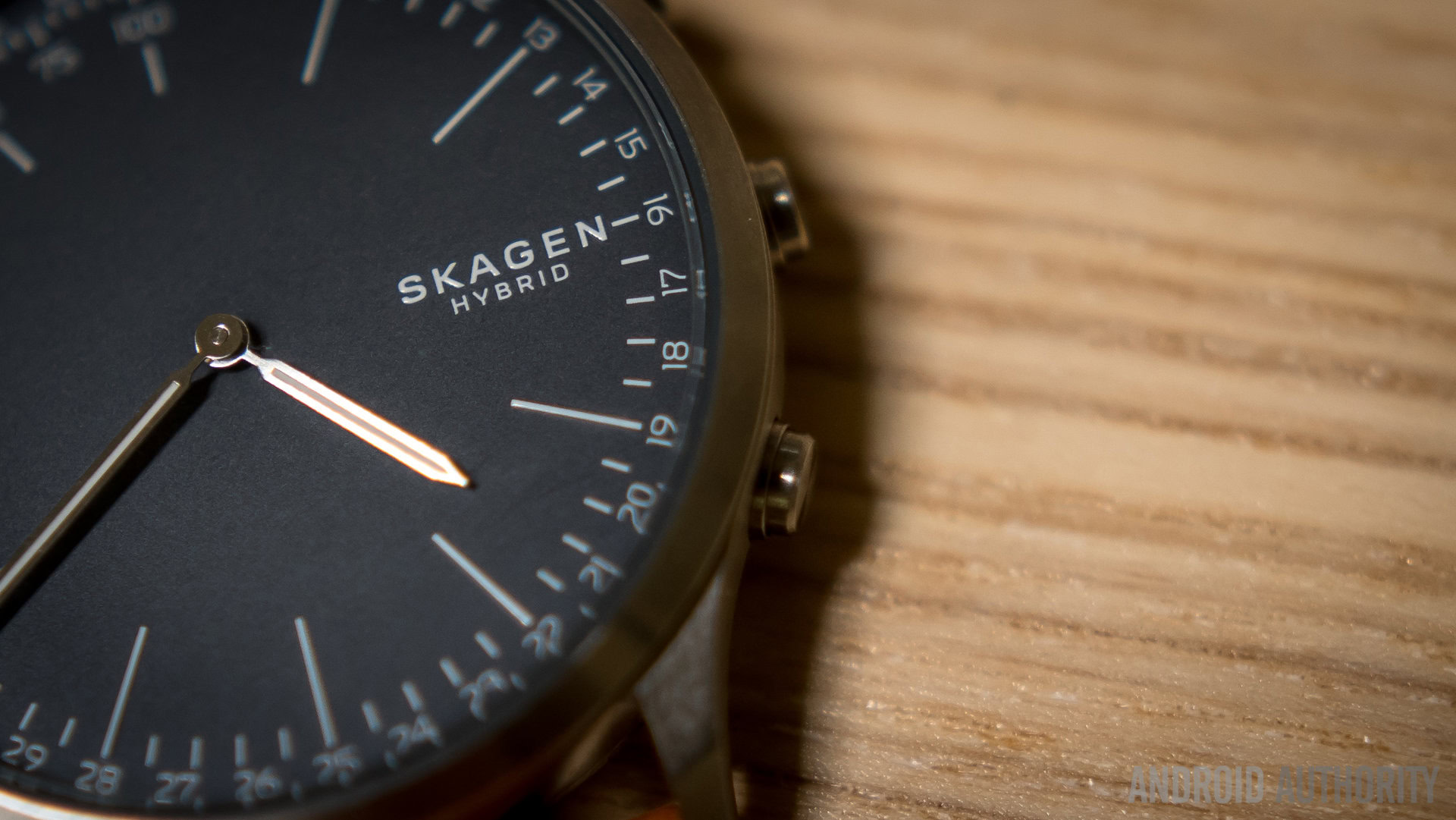
When I was in New York City celebrating my birthday a few weeks ago, I decided to treat myself to a hybrid smartwatch that I’ve had my eye on for quite a while. I have to admit that even as I was buying it, I was a little skeptical. Why move away from a highly functional touchscreen smartwatch in favor of what’s essentially a dumb watch with a few neat tricks?
That’s exactly what we’re going to explore today.
Do smartwatches still matter? Is there room in the extremely crowded wearable market for hybrid smartwatches? I’ll try to answer that in my review of the SKAGEN Jorn Hybrid Smartwatch.
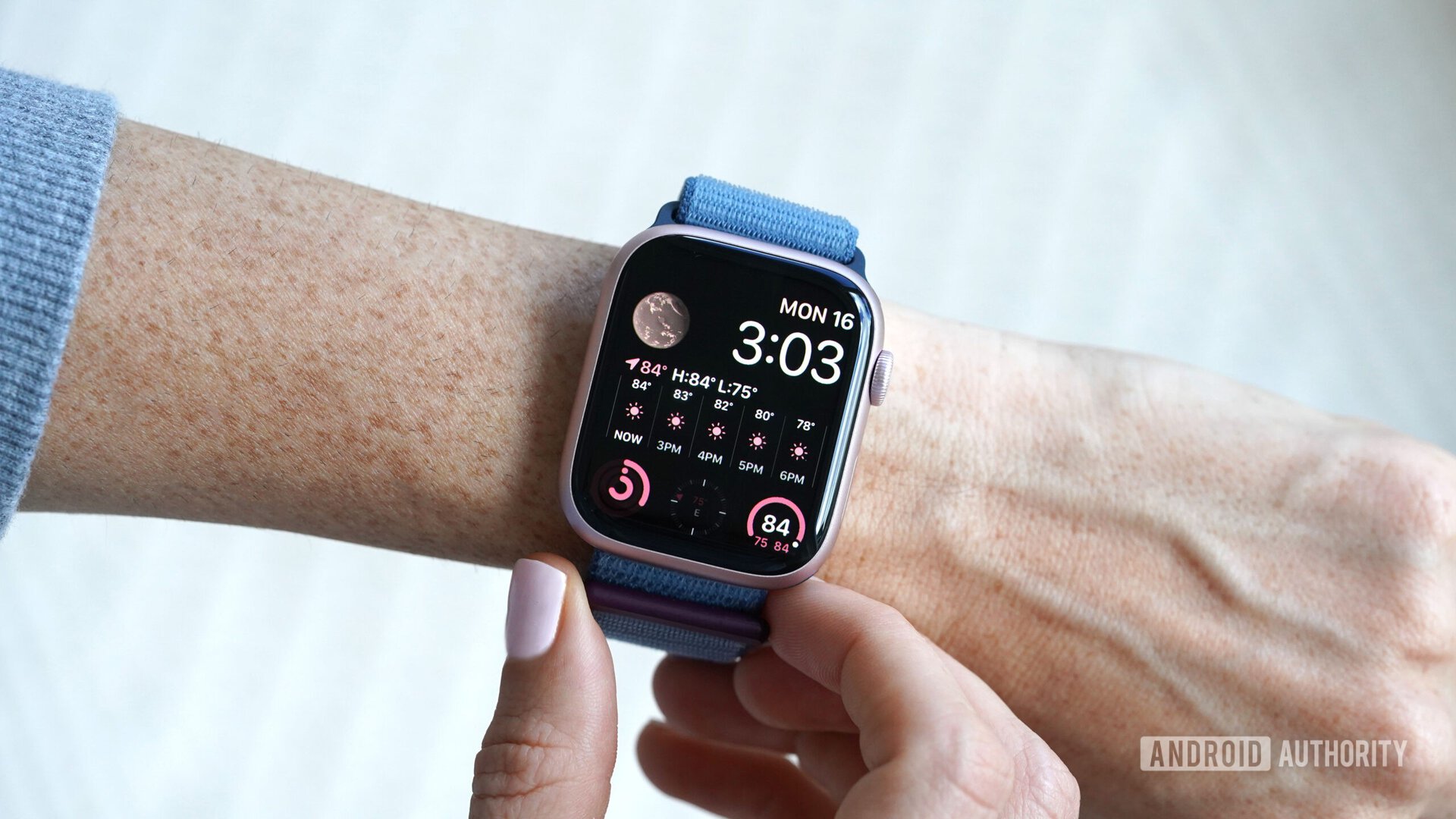
The hybrid category of smartwatches isn’t anything new, but it has been making more waves as of late. While companies like Fossil and all of the properties underneath its umbrella have moved into making Android Wear versions of their existing watch lines, there has been a growing trend of analog watches that simply bring features like notifications, vibration feedback, and fitness tracking to the mix. The SKAGEN Jorn is one of them.
Outfitted with a slim yet sleek body, this smartwatch comes with a light leather band that gives it a nice mixture of style. It is casual enough to wear with any normal clothing, but just fancy enough to fit in with a button down or even a suit. Part of the reason for that kind of style is the fact that this hybrid smartwatch has an analog face that is simple and doesn’t overwhelm with too much information. And, of course, it is not a touchscreen.
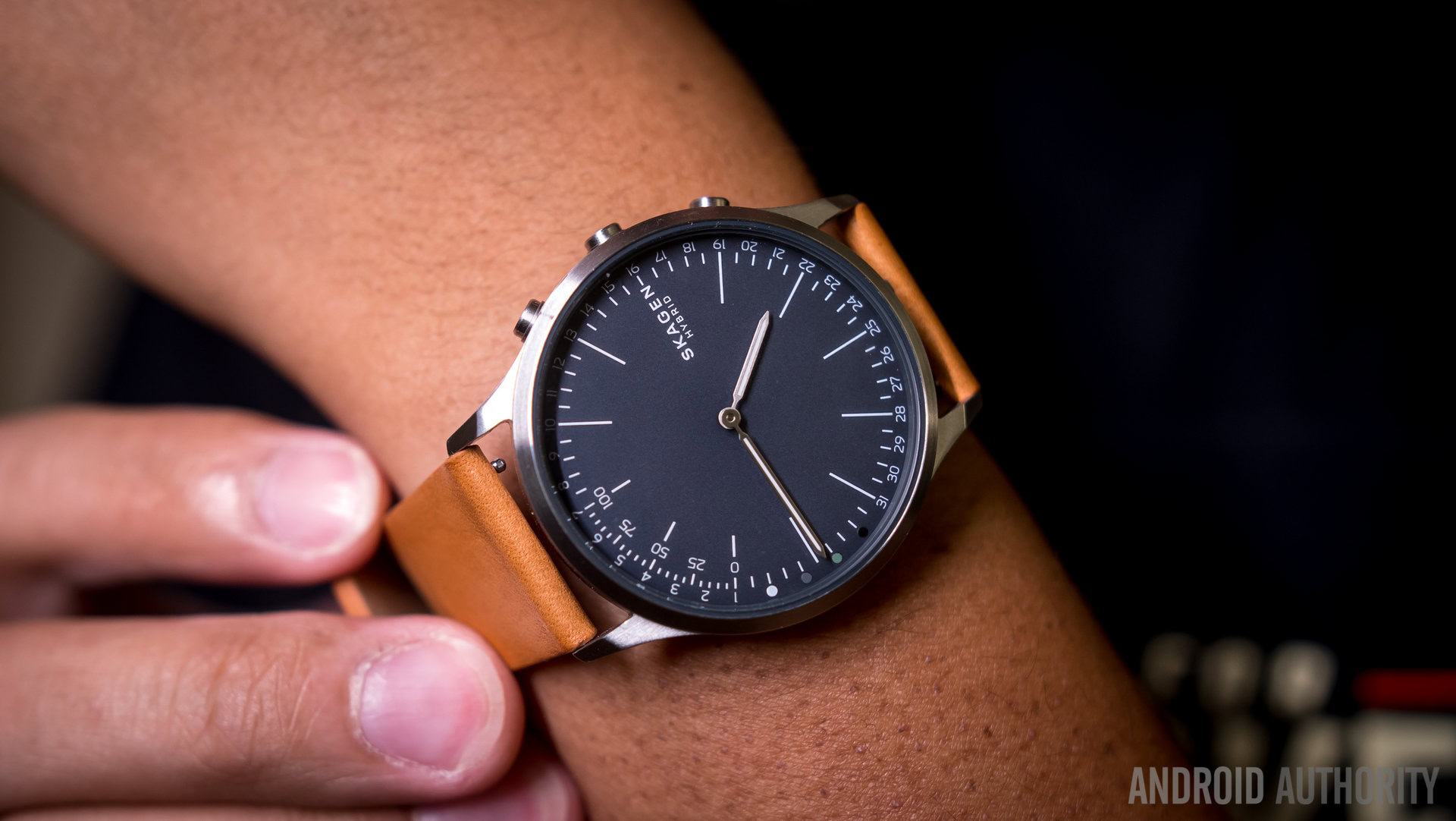
Which leads me to my first thought about smartwatches – we went too far too fast. Remember when the LG G Watch first came out as the inaugural Android Wear watch? While the Samsung Gear Live tried to add a little bit of style to Wear 1.0, the LG G Watch was probably the best precursor to what smartwatches essentially became: yet another screen, only on one’s wrist. The result was a fully touchscreen experience that was translated from the smartphone into a wearable, and with that came all the imaginative possibilities and all of the potential pitfalls.
The fact remains that smartwatches provide yet another screen to occupy our attention. Think of what a watch was originally meant to do – tell us the time – and how little effort and time it took to do that. Over time, smartwatches got bigger, thicker, and arguably better; unfortunately, that gave people the ability to read whole messages or notifications, swiping or dialing them up little by little. That’s literally the same amount of time spent looking at the watch that you probably would have spent looking at your phone anyway.
So, the SKAGEN Jorn tells the time and then a few other pieces of information when pressing one of three buttons on the side. Yes, this is a bit like the Pebble that I loved and have sadly set aside, but at least these buttons are programmable for a number of different functions. The list is a bit extensive: music and volume control, camera shutter button release via Bluetooth, telling the date, showing a secondary time zone, and showing step count.

It’s when showing different bits of information that things get interesting. On the top left of the watch is an area that shows 0-100, which is the percentage of one’s daily step goals. This is also programmable in the SKAGEN Connected app, and when the button is pressed, both watch arms come together to 0 and move to what your actual percentage for the day is. As for the actual step counting, the Jorn is a bit too liberal with its counts but still gets the job done.
This movement of the arms is really cool and hasn’t gotten old – it’s definitely an appealing aspect of the Jorn, one that it takes an analog timepiece and makes it do more. After all, weren’t all the different spy watches that James Bond wore fancy timepieces that had hidden features? Consider the cool factor of that compared to a watch that is basically all screen and all apps. Less hidden and thus less cool, for sure.
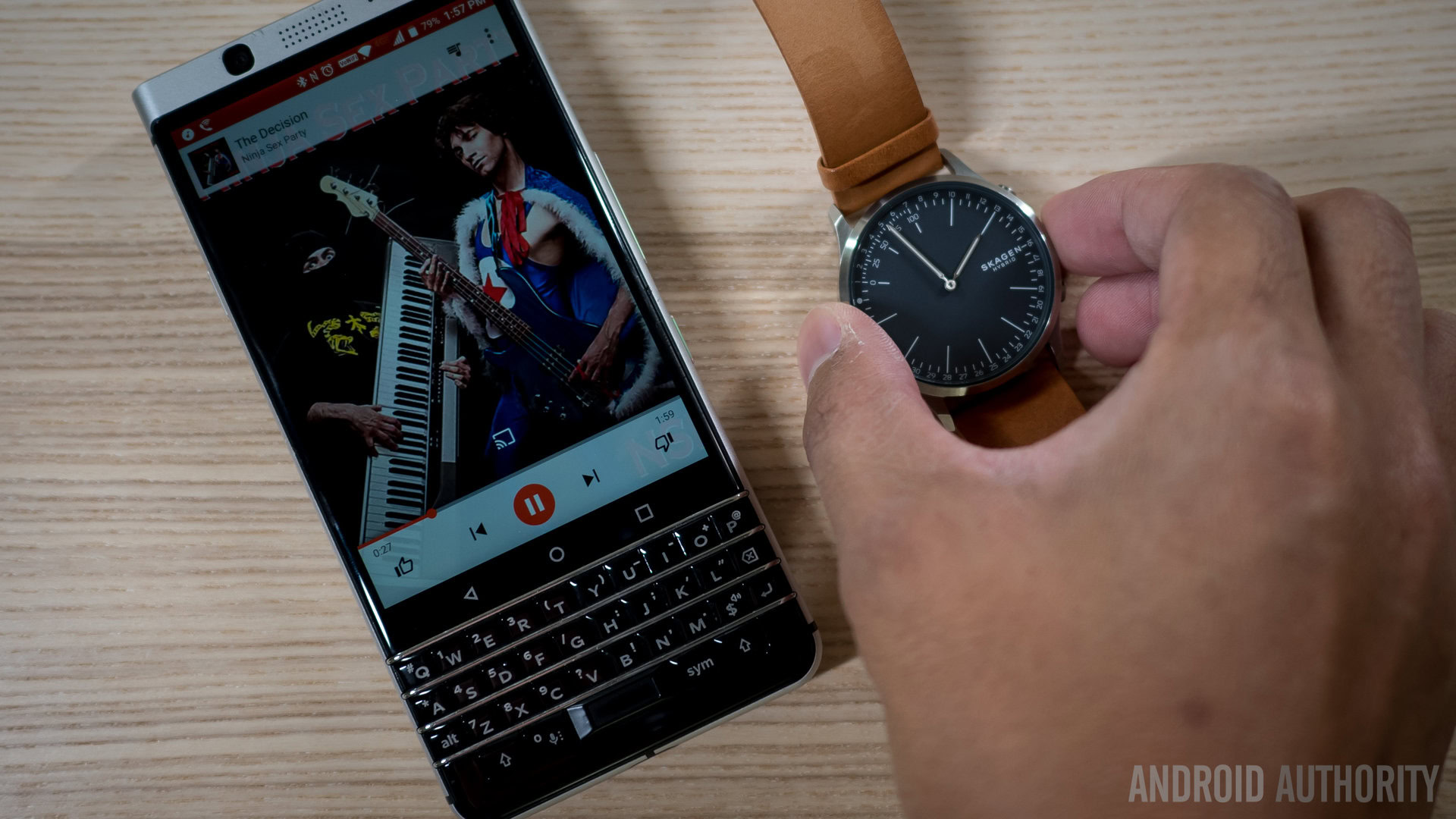
Other functions include pointing at the different dates from 1 to 31 around the watch and then notifications. Notifications are supposed to be the crux of the smartwatch experience, but unfortunately that is where the SKAGEN Jorn falls short. Much like with other hybrid smartwatches, notifications are programmed in the companion app to a certain portion of the watch – in this case, it is to one of four different colors on the left side of the watch face. When the programmed notification comes in on the phone, the watch vibrates and then the two arms point to the corresponding color. It takes a little bit of memory on the user’s part, but doesn’t take long to get used to.
My main problem with this notification method is the weak vibration feedback. Because the Jorn is a thin bodied watch, the vibration motors are also smaller and thus aren’t very powerful. It seems SKAGEN knew this would be the case as they didn’t even bother to have an alarm function on the Jorn. As a result, alarms and notifications are basically useless here.
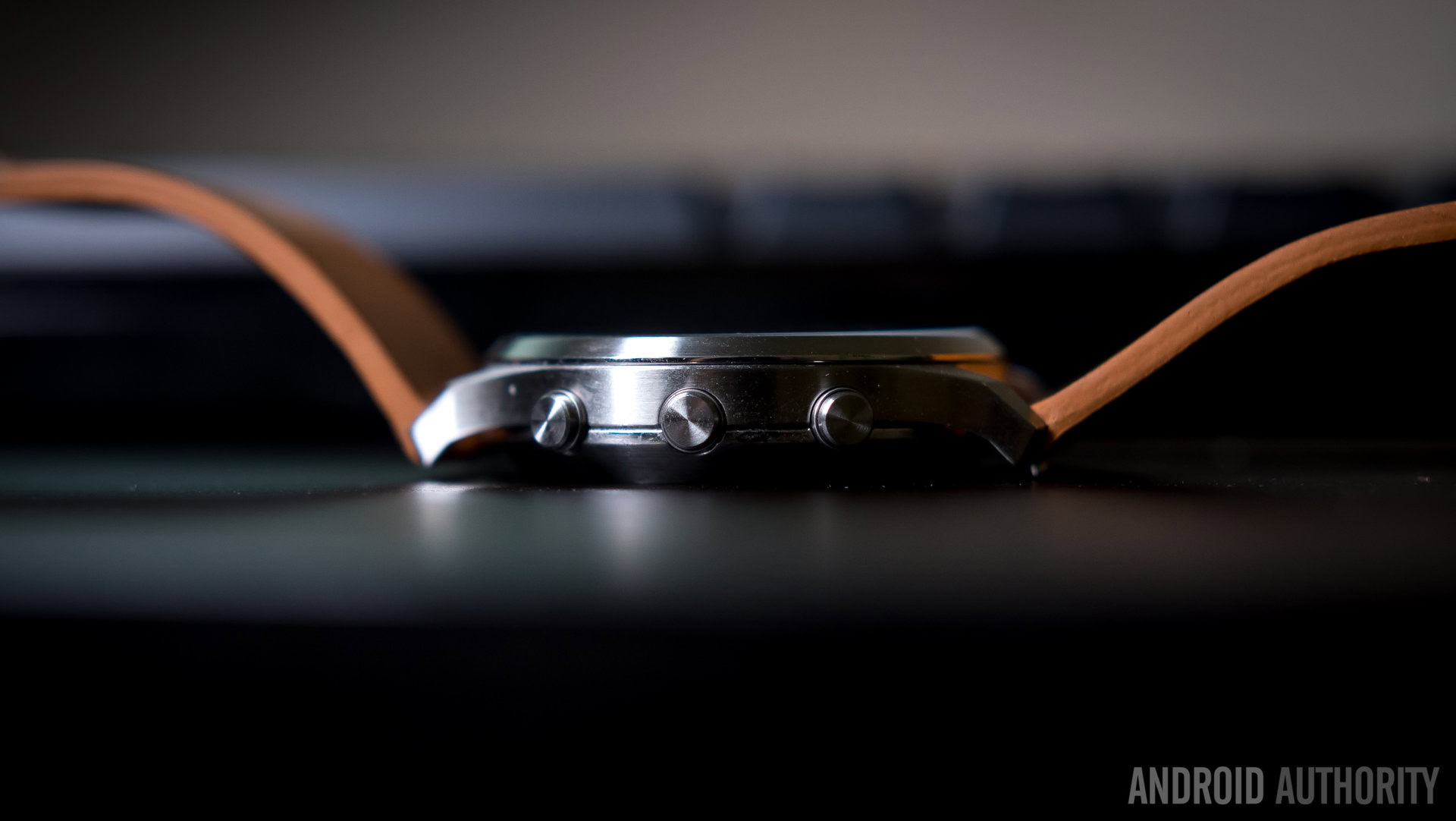
But with that in mind and after a few days with the Jorn, I realized something: I don’t miss having notifications going off on my wrist all the time. We’re already inundated with so much information in our connected world, and I’m usually in front of a computer or looking at my phone fairly often to begin with, so it’s not like I will miss out on an e-mail or a message for very long. And unlike with my Pebble or any Android Wear watch, I’m not being nudged to look at my wrist practically every five minutes.
And battery life? Forget about it. Really, you basically can, because the Jorn and other hybrid smartwatches use coin batteries that can last for months on end. Compare that to my Pebble that worked for up to a week and pretty much any other smartwatches that go for no more than a couple days without dying and needing a charge.
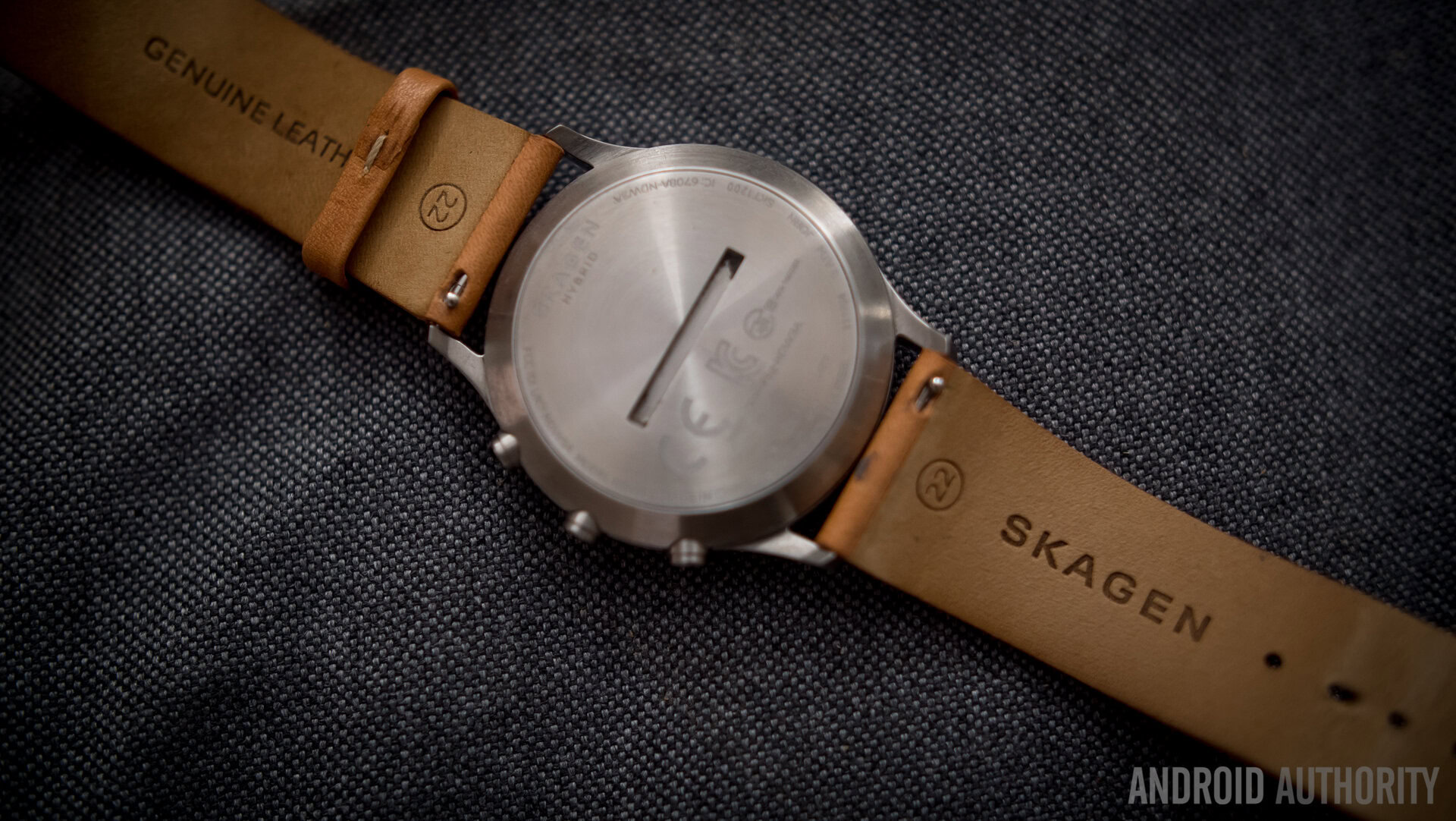
It comes down to this – I realized that I didn’t actually miss a lot of what smartwatches are supposed to provide users. Without notifications, I’m not getting poked at all the time; without apps, I’m not using my watch for functions that are already possible via plenty of other methods; and as far as customization, I’m quite happy with the looks of the Jorn and would gladly take the long battery life in exchange for a swappable watch face.
So, do smartwatches still matter? That’s entirely up to you, so I want to know what you think in the comments below. I am but one example of someone that has changed from the full touchscreen experience and moved to a hybrid smartwatch. There are plenty of other ways go to go – fitness tracker or maybe you want to just go back to full analog – but I think it’s important to know why someone might want to make the jump. For me, I didn’t know how I really felt about the different facets of a smartwatch until I no longer had them in my daily life. Give it a try for yourself, and you might be pleasantly surprised.